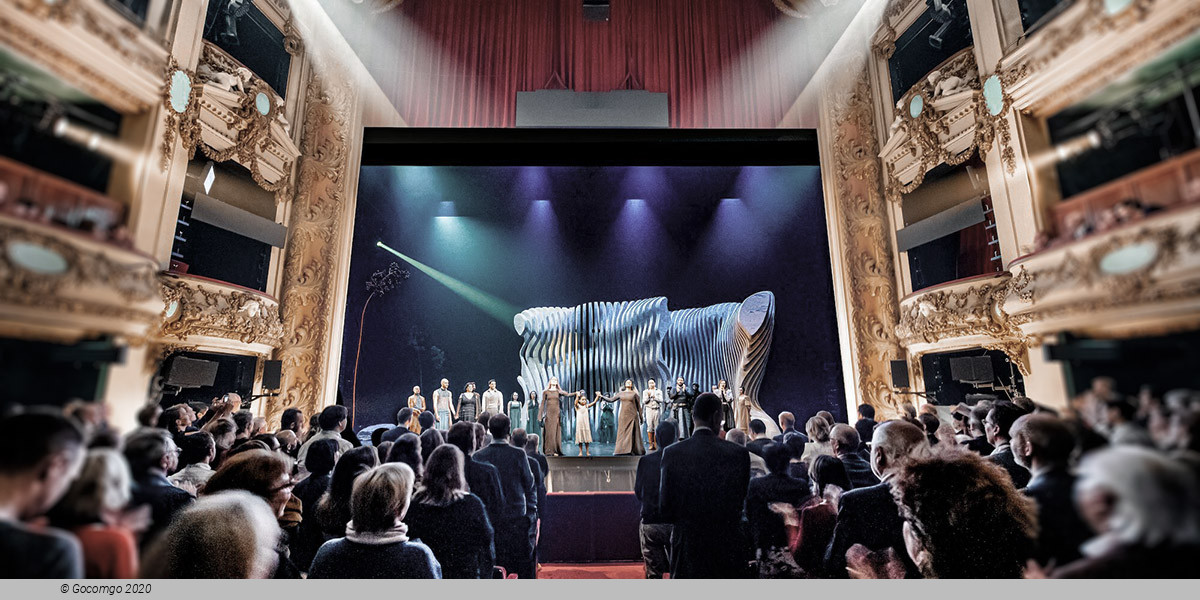Opera Antwerpen (Antwerp, Belgium)
Opera Antwerpen

The Royal Flemish Opera was the almost 100-year-old independent Antwerp city opera until its merger in 1981 with the Royal Opera in Ghent. Both city operas were merged into the Opera voor Vlaanderen organization, renamed Opera Ballet Vlaanderen in 2014. Anyone entering an opera house immediately gets a special feeling. The imposing buildings with their ancient decorations and stately staircases and columns immediately transport you to another era: that of red carpets and opulent luxury. Going to a performance in this unique setting gives your opera visit that little bit more. However, opera houses are not only venues for performances, they also tell a story in themselves. Although they are old, they have not always existed, and both locations have undergone extensive restoration.
- Opera has been performed in Antwerp since 1660, first in the Spaansche Pant on the Grote Markt and later in the Tapissiers building on the site where the Bourlaschouwburg would later be built.
- In 1834, the Bourlaschouwburg opened as the Théâtre Royal. Only French repertoire was performed. Some locals still refer to the Bourlaschouwburg as 'French opera'.
- Spurred on by composer Peter Benoit, among others, Antwerp decided in 1899 to build a Flemish Opera as a counterpart to the Bourlaschouwburg.
- One of the ideas was to build an opera house in the city park, but this met with much protest. It was feared that the park would lose its character.
- Eventually, the choice was made to build the Kunstlei (the current Frankrijklei) on the spot where the covered Hallen en Markten (the Criée) used to be. These had moved to the Van Wesenbekestraat. Construction started in 1904 and lasted three years.
- On 18 October 1907, the Flemish Opera in Antwerp was festively opened. The neo-baroque building decorated in Louis XVI style was immediately loved by the public.
- All the public, rich and not so rich, entered the hall, a very democratic idea for that time. Those with money walked straight up the stately stairs to the ground floor or first balcony. Those who sat on the higher, cheaper balconies had to take a separate staircase to get there.
- Today, the hall has 1081 seats. The ceiling fresco represents Rythmus and shows a male figure surrounded by nine female muses.
- At the opening, the opera was technically very modern, as it made full use of the new electric light. The opening of the stage measures 11.90 metres in width.
- The stage tower is 23 metres high.
- In 2004, the opera closed for the first time for a thorough renovation, which was to last three years. The technology was modernized, the stage was given a side stage, and a new building for offices and workrooms was built.


